Driving a vintage car daily can be a rewarding experience, but it also comes with its own set of challenges and responsibilities. Proper care and attention can ensure that your classic ride remains reliable and enjoyable. Here are 12 tips to help you drive your vintage car responsibly and keep it in top shape.
Regular Maintenance and Inspections
Staying on top of regular maintenance is crucial when driving a vintage car. Unlike modern vehicles, many classic cars require more frequent attention to keep them running smoothly. I recommend setting up a maintenance schedule that includes regular oil changes, brake inspections, and fluid checks. For example, if you own a 1965 Ford Mustang, checking and changing the oil every 3,000 miles is essential to ensure the engine’s longevity. Regular inspections by a professional mechanic familiar with vintage models can help identify potential issues before they become major problems.
Don’t forget to inspect the undercarriage and chassis for any signs of rust or wear. Vintage cars often lack the rust-proofing found in modern vehicles, so catching rust early can save you from costly repairs down the line. A thorough inspection at least once a year can keep your car in excellent condition.
Use Quality Fuel and Fluids
Using the right fuel and fluids is vital for the health of a vintage car’s engine. Many classic cars were designed to run on leaded gasoline, which is no longer available. I often choose premium unleaded fuel and, if necessary, add a lead substitute to protect the engine’s valves. This is especially important for older models like the 1970 Chevrolet Chevelle.
Additionally, using high-quality fluids for the engine, transmission, and brakes can make a significant difference. Opt for oils designed for classic cars, which often contain zinc additives that provide extra protection for older engines. Keeping these fluids topped up and fresh will help your vintage vehicle perform at its best.
Warm Up the Engine Properly
Unlike modern cars, vintage models often benefit from a proper warm-up before hitting the road. I like to start my car and let it idle for a few minutes, especially on cold days. This practice helps circulate oil throughout the engine and allows the components to reach optimal operating temperatures. For example, my 1973 Volkswagen Beetle performs much better after a brief warm-up.
Warming up the engine can also prolong its life by reducing wear and tear. It’s a small habit that can have a significant impact on the performance and longevity of your vintage vehicle.
Mind the Brakes and Tires
Ensuring that your brakes and tires are in good condition is essential for safe driving. Vintage cars often have different braking systems compared to modern vehicles, so regular checks are crucial. I make it a point to inspect the brake pads, rotors, and drums for wear and replace them as needed. For instance, my 1967 Pontiac GTO requires more frequent brake maintenance than my newer car.
Tires also play a critical role in safety and performance. Since vintage cars might not have modern suspension systems, tire quality is even more important. I suggest checking tire pressure regularly and replacing tires before they become too worn. Properly inflated and maintained tires improve handling and fuel efficiency.
Practice Smooth Acceleration
When driving a vintage car, smooth acceleration is key to maintaining engine health and ensuring a comfortable ride. Older engines can be sensitive to sudden changes in speed, so I focus on gradual acceleration and deceleration. This approach reduces stress on the engine and transmission, particularly in models like the 1955 Chevrolet Bel Air.
Practicing smooth driving techniques not only benefits your car but also enhances your overall driving experience. It allows you to better enjoy the classic feel of your vintage vehicle while ensuring that it remains in good condition.
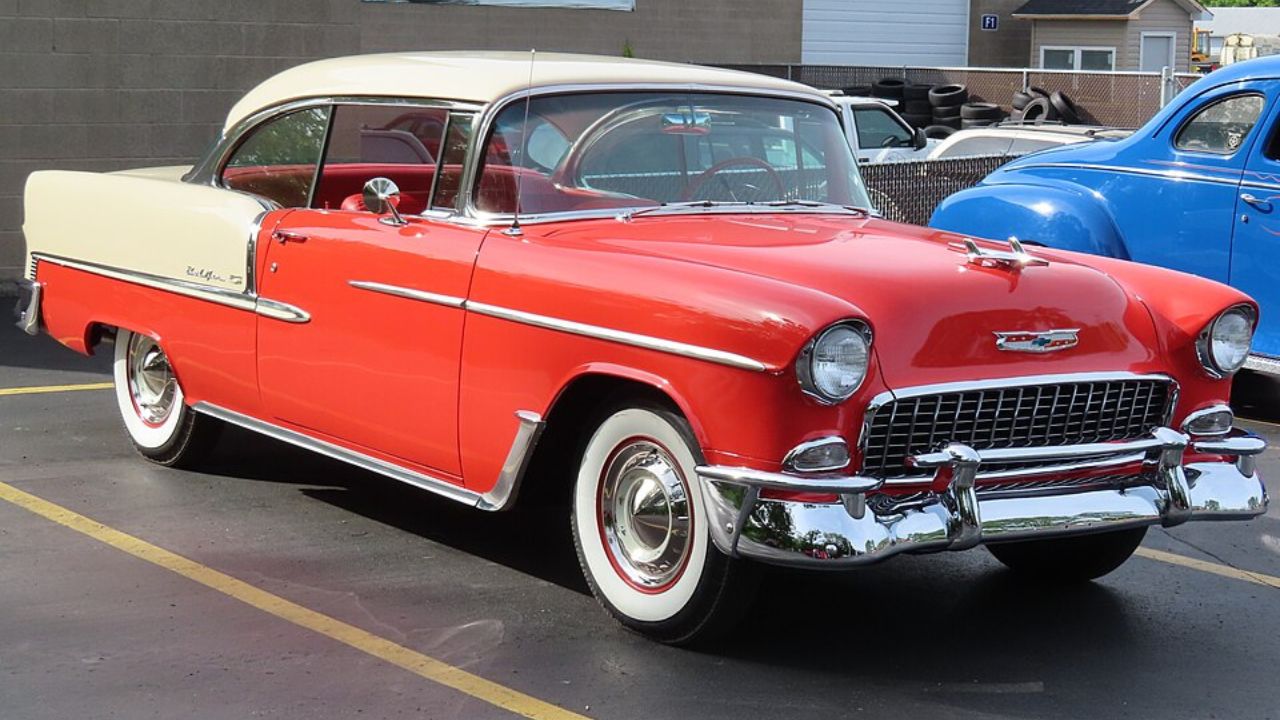
Be Gentle with the Gearbox
Vintage cars often come with manual transmissions, which require a gentle touch to avoid damage. When shifting gears, I make sure to fully depress the clutch and shift smoothly to prevent grinding. This is especially important in older models like the 1969 Dodge Charger, where replacement parts can be hard to find.
Taking the time to master the gearbox and treat it gently can extend the life of your transmission. If you’re new to driving a manual, consider practicing in a safe environment before hitting the road to build confidence and skill.
Understand Electrical Systems
The electrical systems in vintage cars can be more temperamental than their modern counterparts. I always keep an eye on the battery’s health and ensure that the alternator is functioning correctly. Older models like the 1962 Cadillac DeVille may have unique wiring systems that require special attention.
Regularly checking the electrical connections and cleaning any corrosion can prevent common issues. If you’re not comfortable working with automotive electrical systems, seek the help of a professional who understands vintage car wiring.
Stay Vigilant for Overheating
Overheating is a common concern with vintage cars, especially during hot weather or long drives. Keeping an eye on the temperature gauge is something I do regularly to avoid engine damage. If you drive a classic like the 1978 Datsun 280Z, ensuring the cooling system is in top shape is essential.
Regularly check the radiator, hoses, and coolant levels to prevent overheating. Having a backup plan, such as carrying extra coolant in the trunk, can be a lifesaver if you encounter unexpected issues on the road.
Plan for Spare Parts Availability
Finding spare parts for vintage cars can be challenging, especially for rare models. I recommend researching and connecting with suppliers who specialize in classic cars. If you own a 1971 Plymouth Barracuda, knowing where to find replacement parts can save you time and frustration.
Joining online forums and local clubs can also provide valuable resources and connections for sourcing parts. Being prepared with a list of reliable suppliers can make maintaining your vintage vehicle much more manageable.
Adapt to Modern Traffic

Driving a vintage car in today’s traffic requires some adjustments. I pay extra attention to the differences in acceleration, braking, and handling compared to modern vehicles. When navigating busy streets or highways in my 1964 Jaguar E-Type, I allow for extra space and time to react.
Understanding the limitations of your vintage car and adapting your driving style accordingly can keep you and your vehicle safe. It’s also a good idea to familiarize yourself with the local traffic laws and regulations concerning classic cars.
Protect Against Weather Elements
Weather can take a toll on vintage cars, so protecting them from the elements is crucial. I often use a high-quality cover to shield my vehicle from rain, sun, and dust. If you own a classic convertible like the 1966 Alfa Romeo Spider, keeping the top in good condition is essential.
Whenever possible, store your vintage car in a garage or carport to minimize exposure to harsh weather. Regular cleaning and waxing can also help preserve the paint and bodywork, ensuring your car looks its best.
Join a Vintage Car Community
Being part of a vintage car community can provide invaluable support and resources. I recommend joining local clubs or online forums where enthusiasts share tips, advice, and stories. If you drive a 1959 Cadillac Eldorado, connecting with fellow owners can offer insights into maintenance and restoration.
These communities often organize events, rallies, and meet-ups, providing opportunities to learn from others and showcase your vehicle. Being part of a group of like-minded individuals can enhance your vintage car ownership experience and help you navigate any challenges you may encounter.
Like Fast Lane Only’s content? Be sure to follow us.
Here’s more from us:
*Created with AI assistance and editor review.

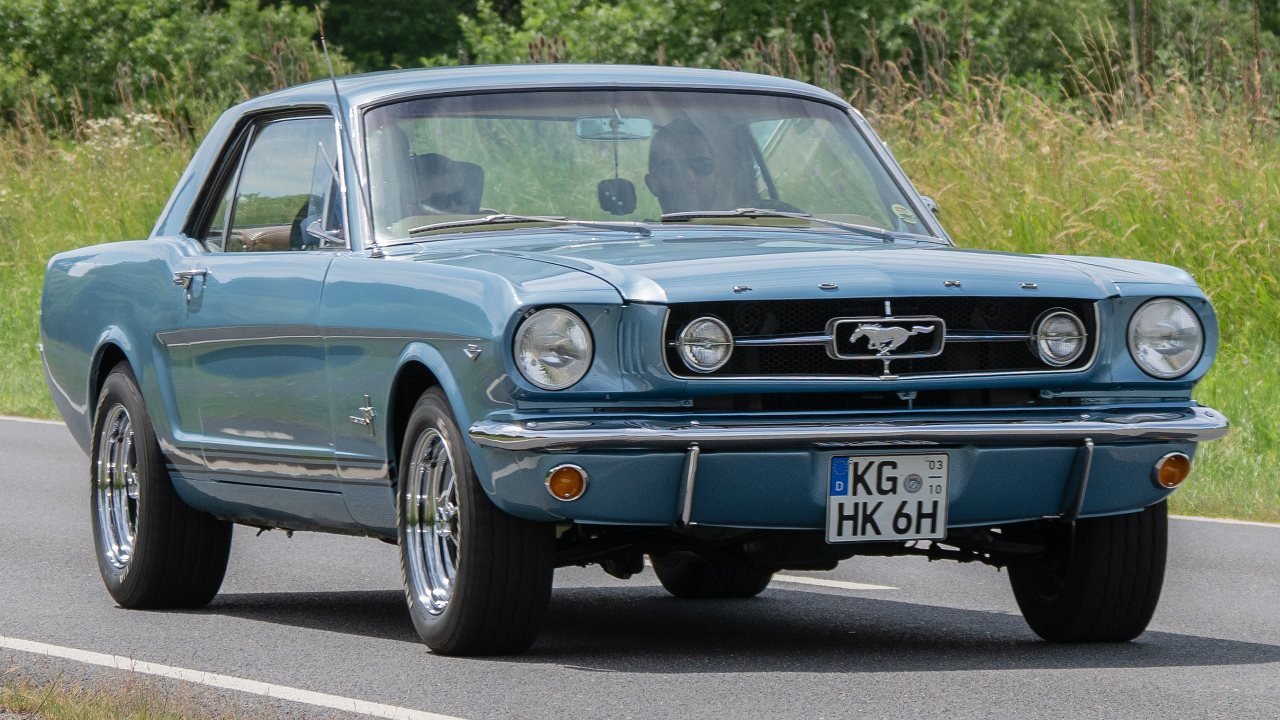
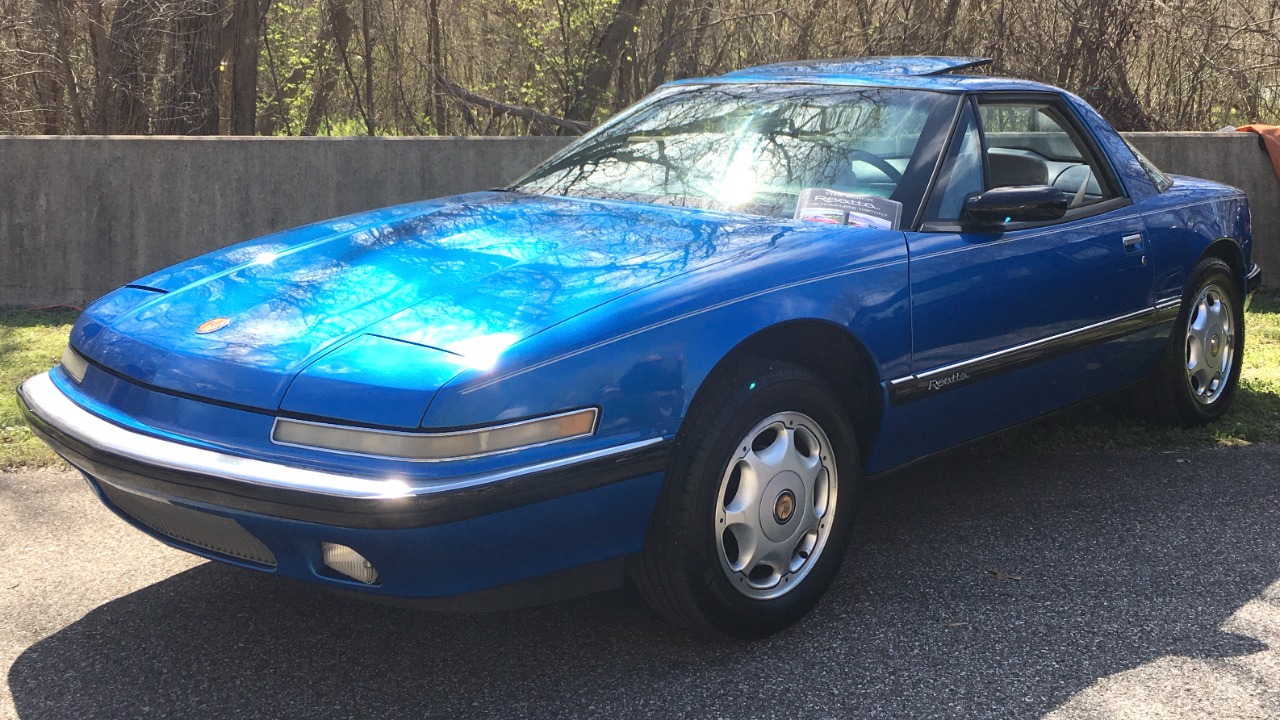

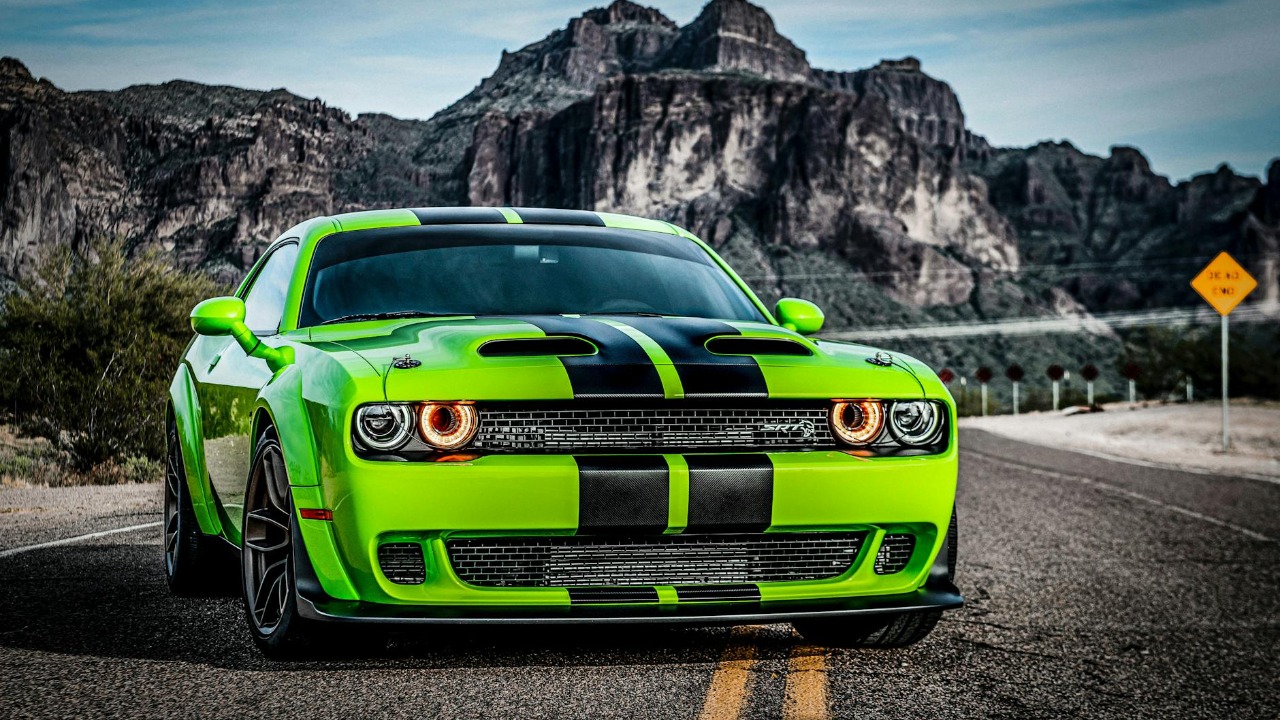

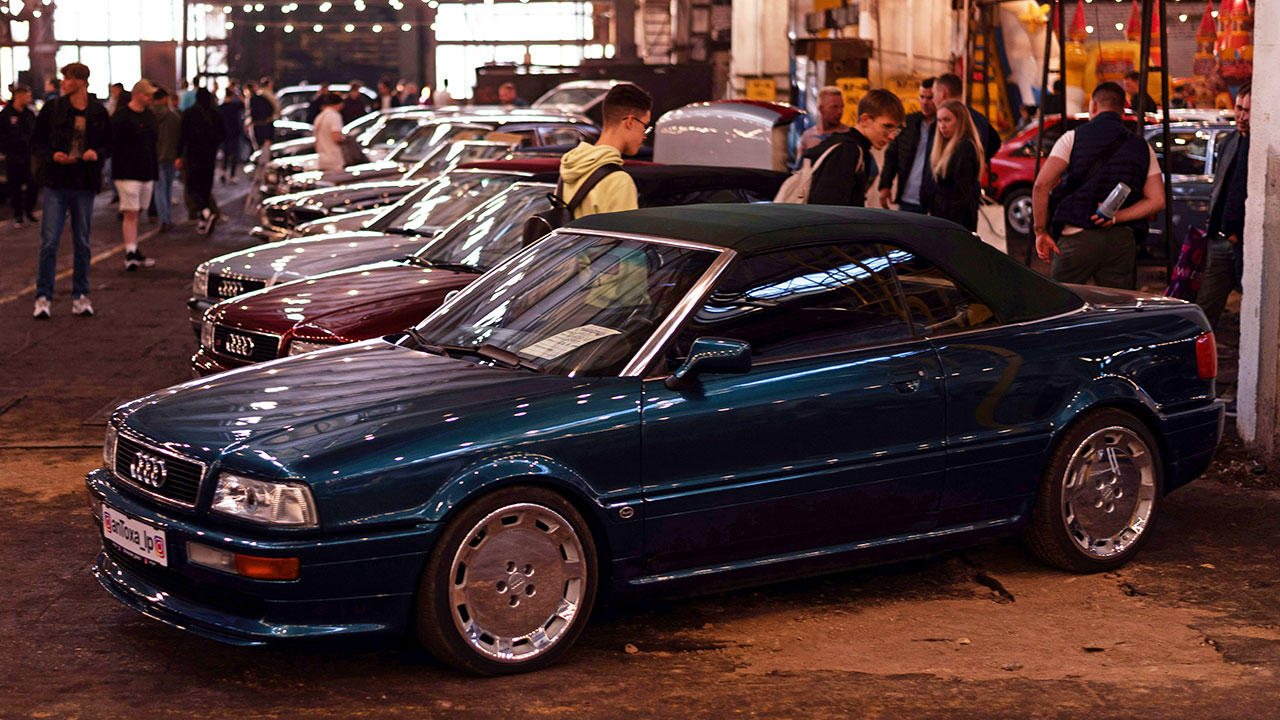
Leave a Reply